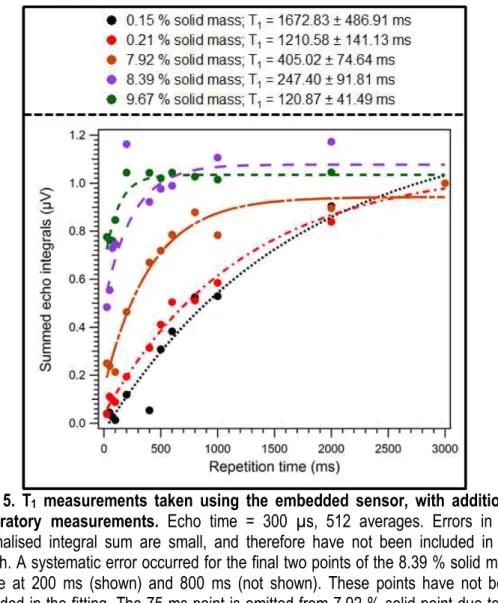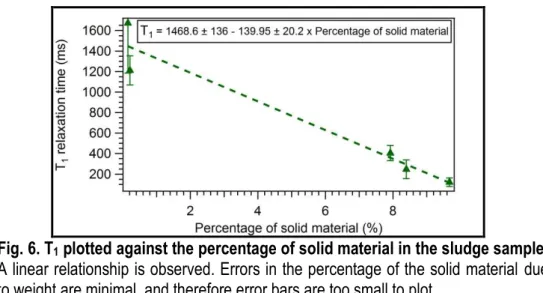ADVANCES IN CLOG STATE MONITORING FOR USE IN AUTOMATED REED BED INSTALLATIONS
Texto
Imagem
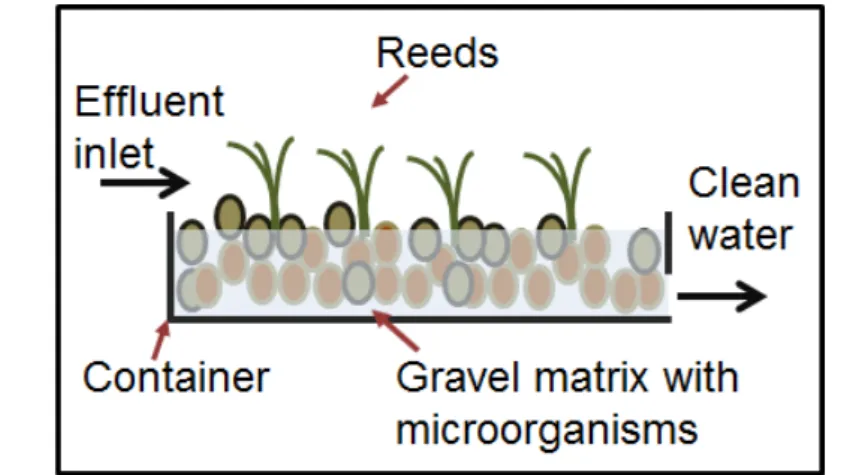

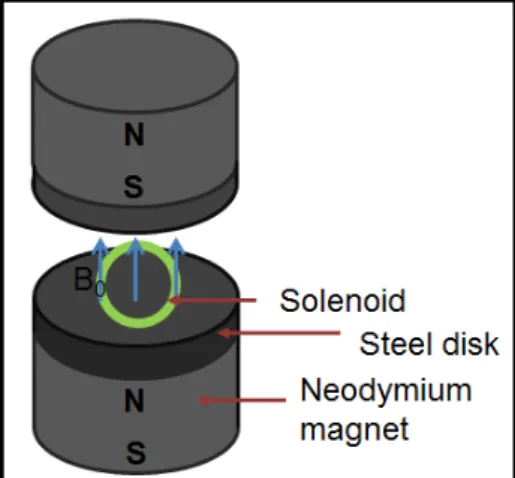
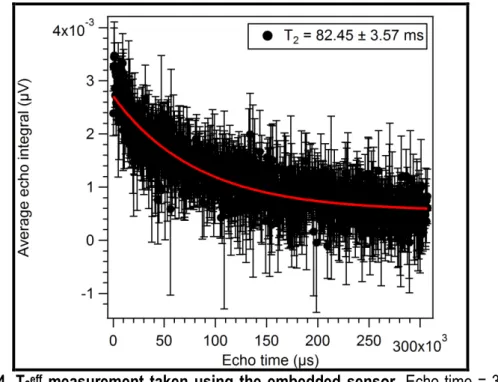
Documentos relacionados
Purpose: To compare the performance of apparent diffusion coeficient (ADC) measurement obtained with diffusion-weighted (DW) magnetic resonance (MR) imaging in the characterization
Objectives: To evaluate the use of magnetic resonance imaging in patients with β -thalassemia and to compare T2* magnetic resonance imaging results with
Objective: To assess intracellular labeling and quantification by magnetic resonance imaging using iron oxide magnetic nanoparticles coated with biocompatible materials in rat
Objective: To assess the role of diffusion-weighted imaging (DWI) in the evaluation of breast lesions classiied as suspicious on magnetic resonance imaging (MRI), correlating
The role of diffusion magnetic resonance imaging in Par - kinson’s disease and in the differential diagnosis with
The role of diffusion magnetic resonance imaging in Par- kinson’s disease and in the differential diagnosis with
Spoiled gradient recalled acquisition in the steady state technique is superior to conventional postcontrast spin echo technique for magnetic resonance imaging de- tection
Proton magnetic resonance spectroscopic imaging and magnetic resonance imaging volumetry in the lateralization of temporal lobe epilepsy: a series of 100 patients. Connelly A,
